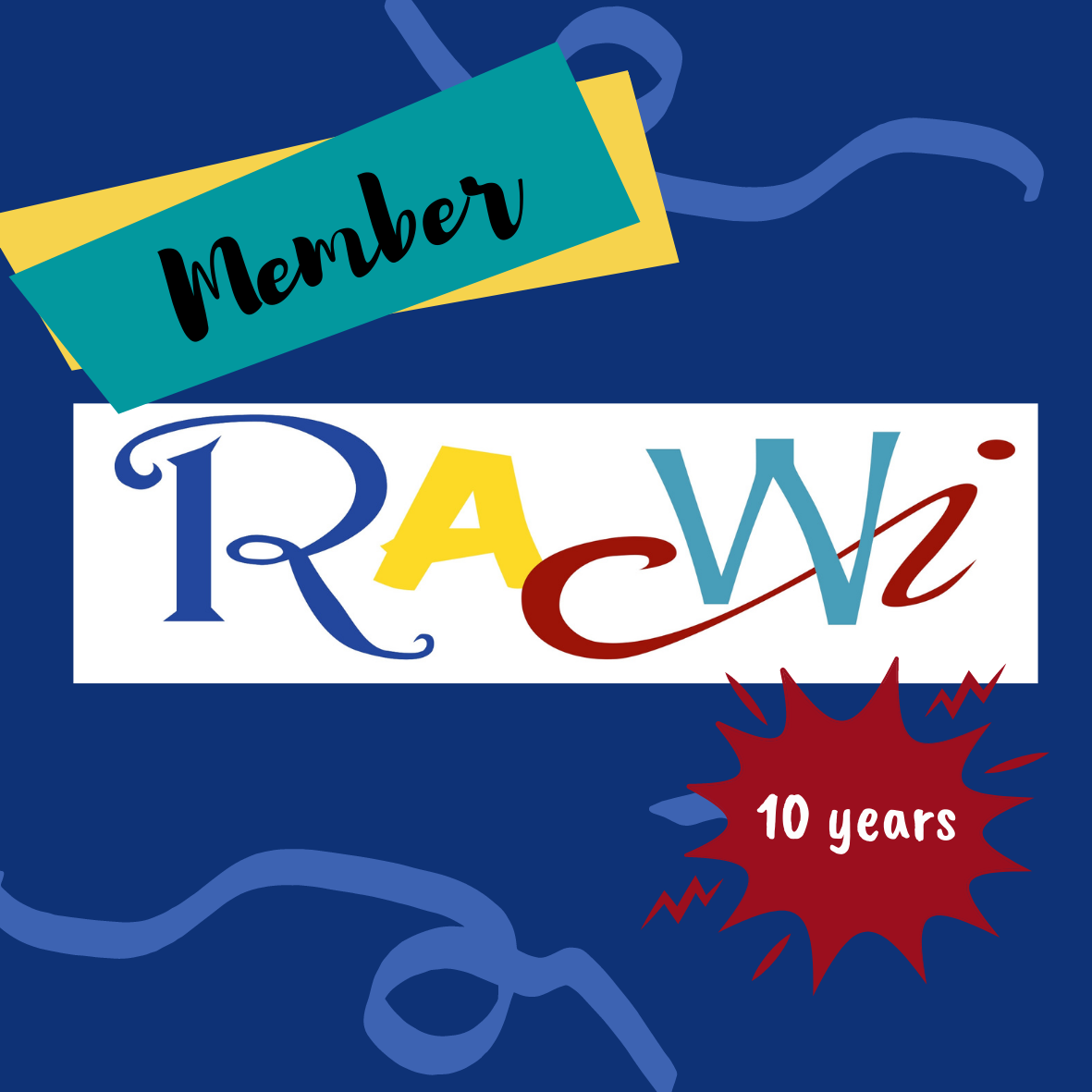What's It Like?
It’s not as broad as Yuval Harari’s, Sapiens (2014) or intense as David Blight’s Frederick Douglass (2018). Nor is it as reader-friendly as Everything You Need to Ace American History In One Big Fat Notebook (2016) or U.S. History 101: Historic Events, Key People, Important Locations, and More! (2015).
History For Dummies (2014) made me glad I’m nosy, but I wondered if the Dummies label is still in use. Ditto for The Complete Idiot’s Guide to: American History (2009). I have felt like an idiot before. I’ve also felt completely frustrated, but I have never felt like a complete idiot.
I recently finished The Color of Abolition: How a Printer, a Prophet and a Contessa Moved a Nation, by Linda Hirshman (2022), about the gnarly alliance of abolitionists William Lloyd Garrison, Frederick Douglass and Maria Weston Chapman. Hirshman’s details about people and politics from the early 1820s until Abraham Lincoln’s death were amazing. Her conclusion that most white abolitionists were too racist to accept Douglass as an equal, rang true.
After reading William Armstrong’s 1970 Newbery Award winner, Sounder, I decided to read his Sourland (1971). It is a powerful story of how a person, in this case a black man in a racist town, maintains his dignity. Hirshman and Armstrong wrote clearly and well about racism. In her picture, she looks white. I had to look up Armstrong, because I wondered if he were Black or white. Excellent writers, both.
As for All Rights for All, it’s a history geek’s guide to abolitionists and other activists.
http://rokeefehistory.com/blog: #amreading; #EverythingYouNeedtoAce; #USHistory101; #HistoryforDummies; #CompleteIdiotsGuide; #AmericanHistory; #ColorofAbolition; #LindaHirshman; #Sourland; #WilliamHArmstrong; #YuvalHarari; #DavidBlight;



